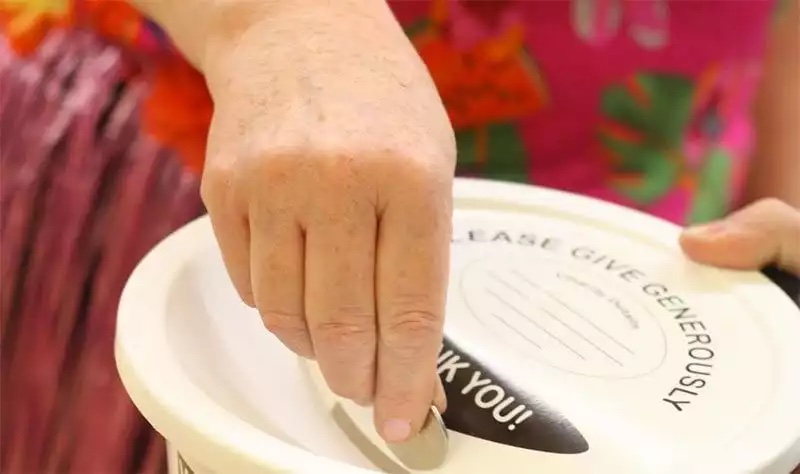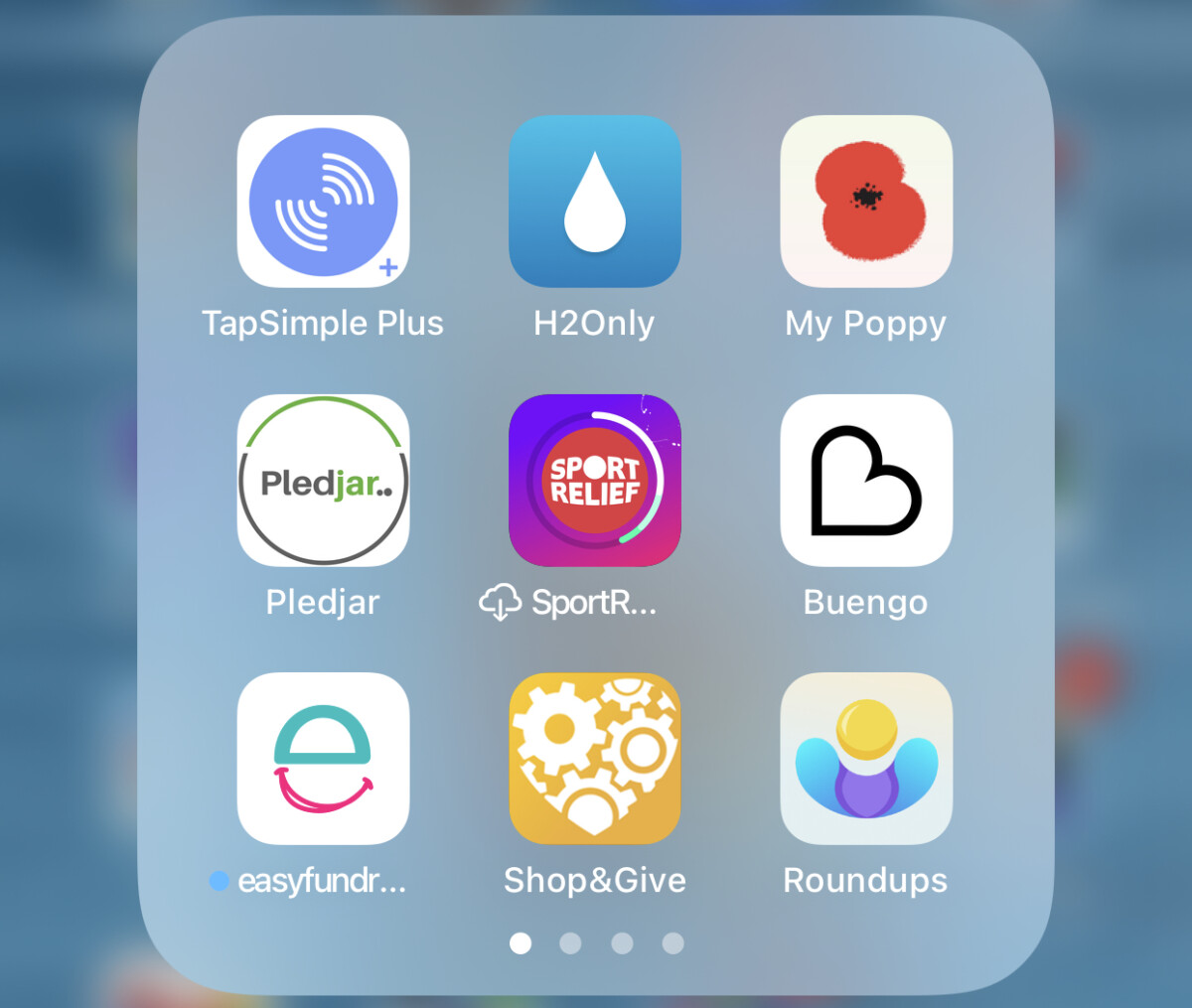Fundraising and video: we can’t rewind, we’ve gone too far

They say that “video killed the radio star”, but could charities now have a shot of launching their own radio, and video, stardom?
At Charity Chat we believe that charities have a lot to say, and that what they say can lead to a greater shared wisdom across the charity sector. This is why we launched the Charity Chat Podcast, a modern equivalent to radio, in the first place. It has, and continues to be, a fantastic platform for us and our listeners to learn from the experiences of charities and charitable individuals around the world.
One of the exciting strands of these conversations is the relatively recent development of both the medium of video and the social media platforms to host it, which now offer charities a way of both engaging with existing audiences and developing new audiences too.
Advertisement
The battle to gain and hold the attention of digital consumers is equivalent to an arms race for all content providers, whether they are a charity, company, or influencer. The challenge for charities is to keep up with content trends, the platforms that relevant audiences are using, and working within the parameters that these platforms have to allow content providers to engage with their audience.
Charity Chat has spoken at length to charity digital experts over the past few months, and it is clear that while platforms exist that charities can use to great effect, these come with the risk of opportunity paralysis, or the Paradox of Choice. Don’t get me wrong, I’m no Luddite seeking to draw back from the modern advances of technology. After all, we can’t rewind, we’ve gone too far. The point here is to identify what platforms work best for your audience and to use that, rather than frantically chasing current trends or spreading resources too thin.
Direct Response Television (DRTV) is a term banded around marketing teams and webinars, and yet for many years it has seemed like an impossible dream for many of the small charities that I have worked with. But speaking with the excellent Hannah Kaplan for episode 93 of the Charity Chat podcast, it is clear that charities have a lot of opportunities to embrace video without having to find huge marketing budgets. And more than that, they have a responsibility to. After all, do we want a future society where messages of what to buy trump those of how to help?
Personal video messages to supporters, as a form of delivering quick thank you messages and deeper relationships, is another area of video available to charities of all sizes. After speaking with Matt Barnett from Bonjoro in episode 85 of the podcast, the possibilities of this unusual but exciting form of thanking reminded me that the messages that resonate most for me have a face attached to them.
It is very hard to argue that in a world of increasing video content – see YouTube, TikTok, Apple, Samsung and a few hundred other companies’ share prices for evidence – charities risk being left behind if they cannot dedicate sufficient time and resources to developing their video offering. This doesn’t mean having a static playlist of videos for passing audiences to watch. Effective use of video is a strategic decision, with the result of a tenacious video presence and promotion, which tells the stories of the charity to an audience that is most likely to want to hear it.






